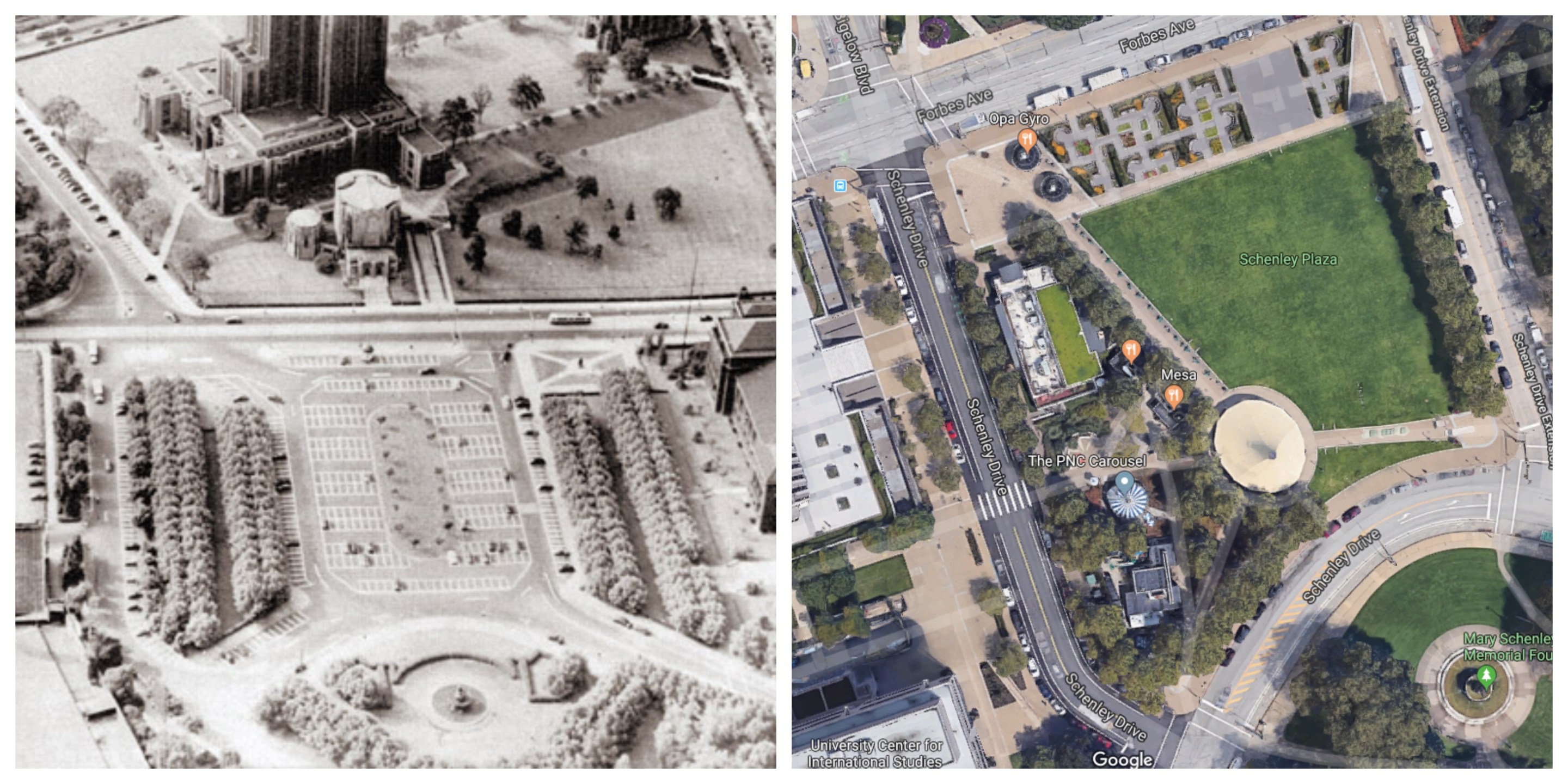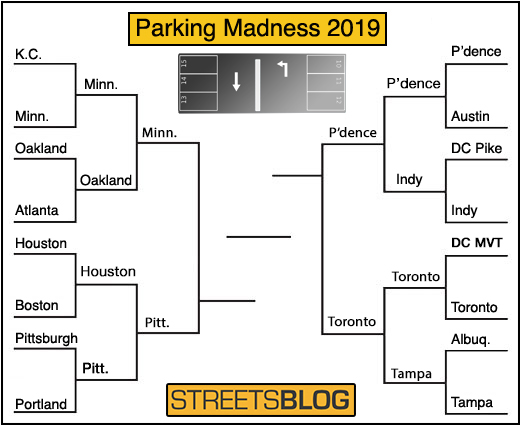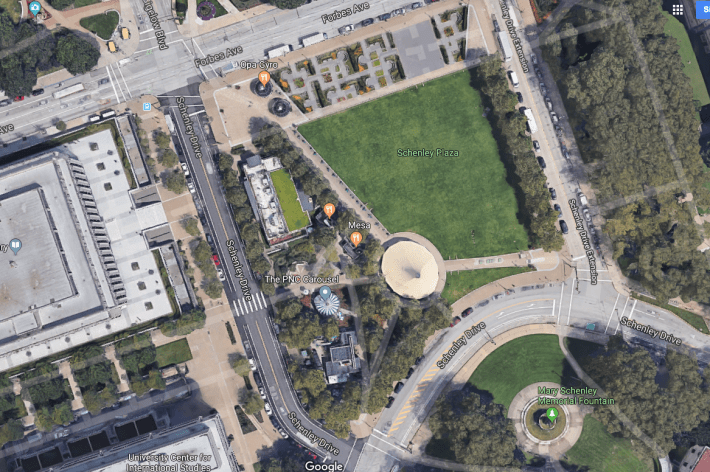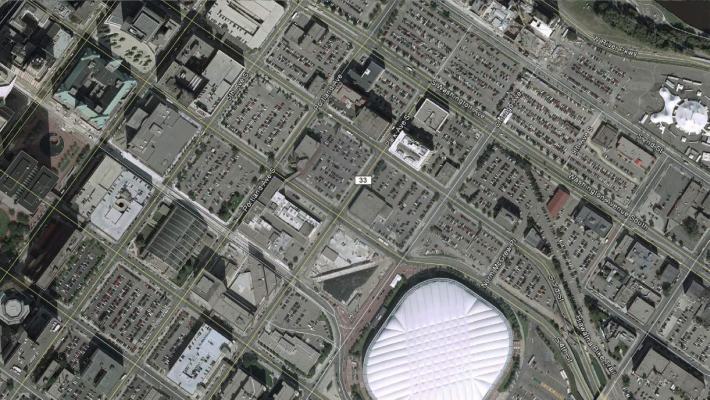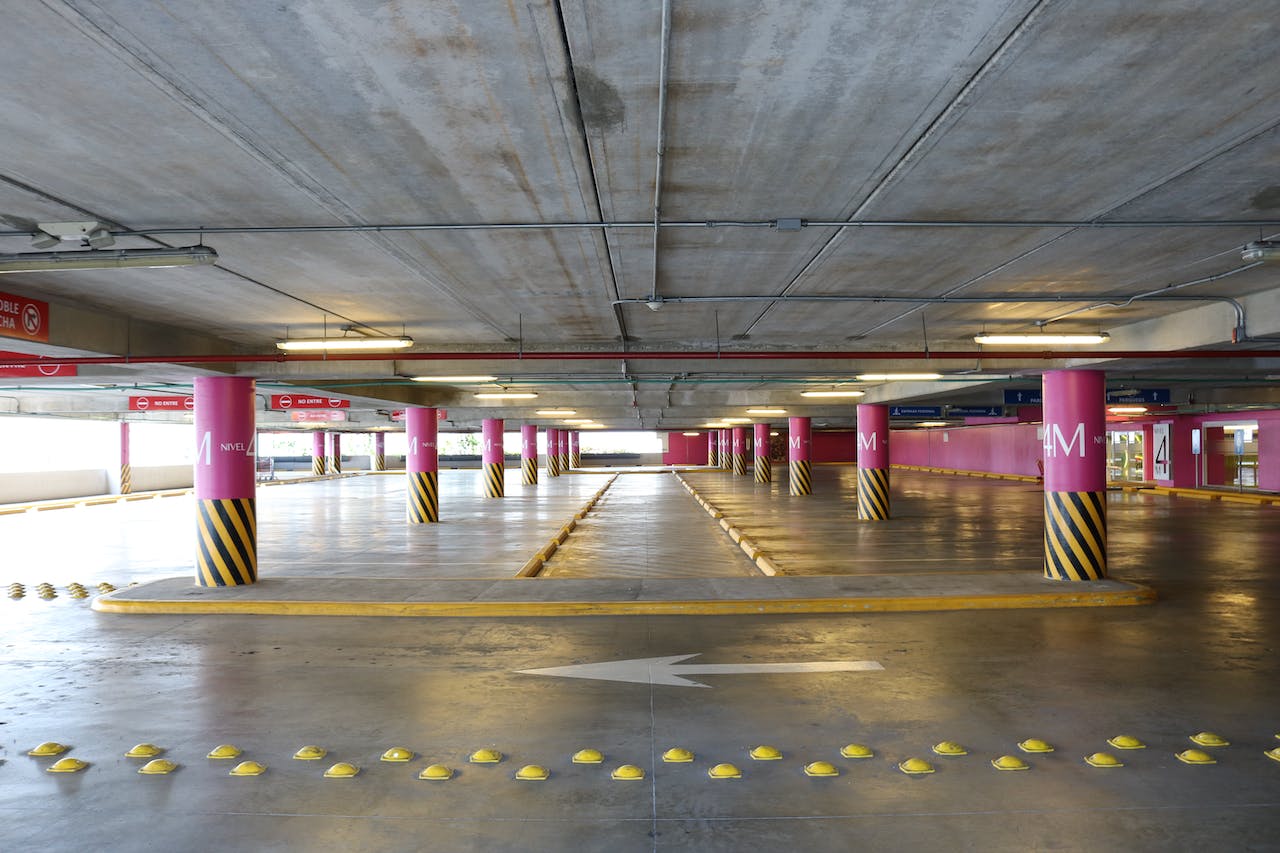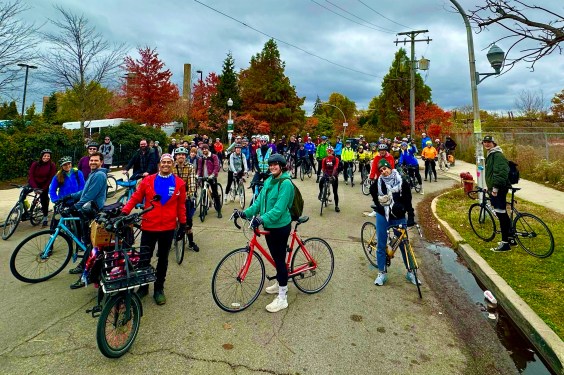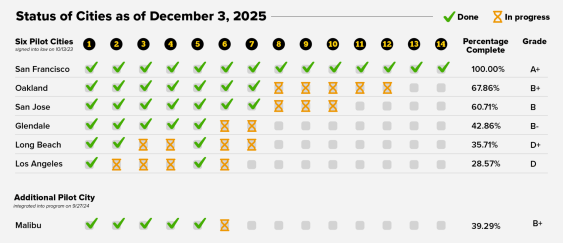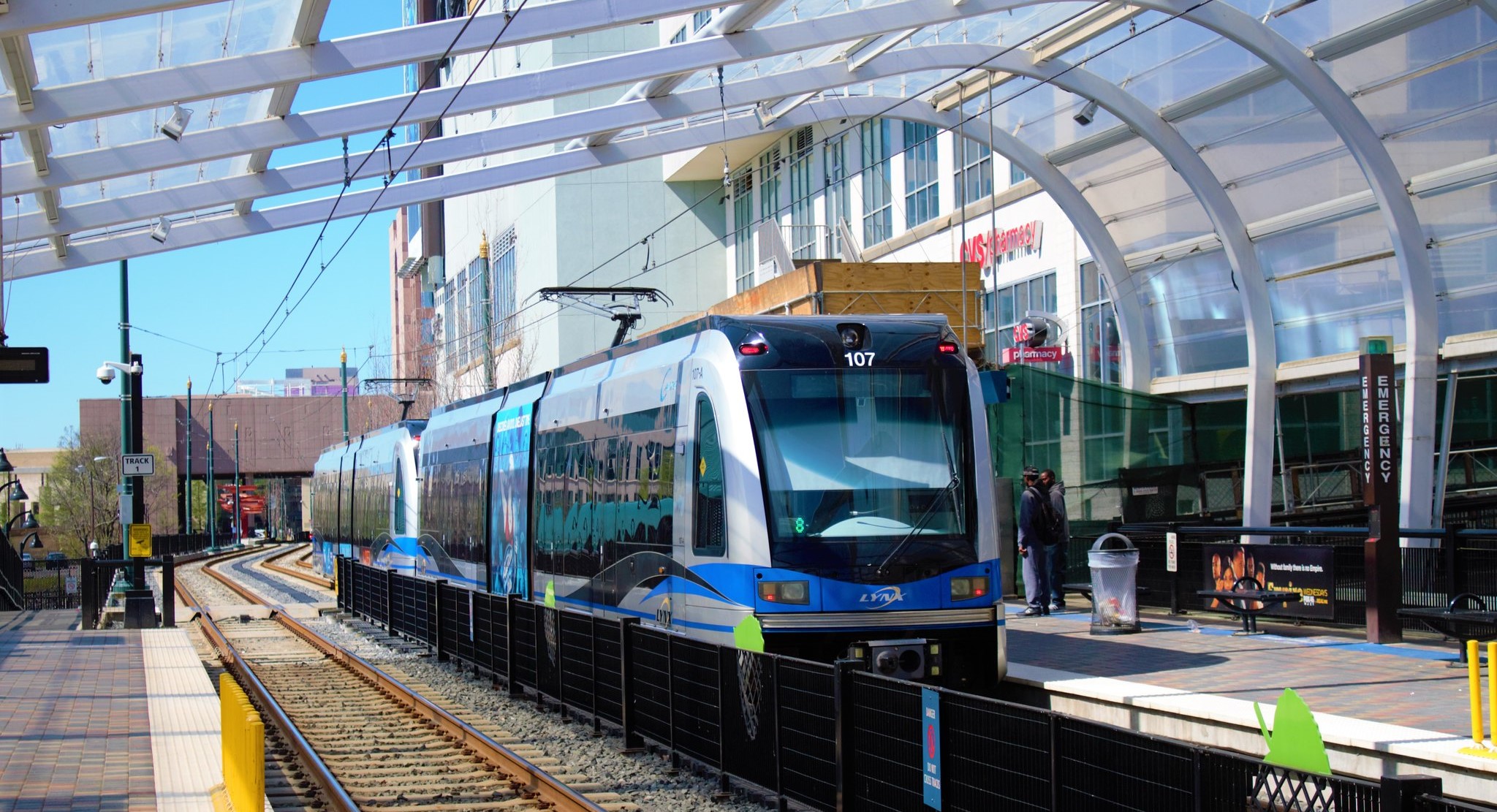After weeks of cycling through some of America's most impressive former parking craters, we're down to just four cities in Parking Madness tournament comparing well-loved urban spaces across America that used to be surface parking lots.
From 16 cities, we're down to just four: Providence and Toronto and Minneapolis and Pittsburgh.
A quick word about the tournament. It's really encouraging to see how many cities around the U.S., even cities you wouldn't expect, are seeing walkable infill development in places that were formerly just asphalt deserts. It shows every clearly the opportunity costs of surface parking lots, especially in urban areas. Now they are places for people to live, recreate, shop and work. Thanks to everyone who submitted a city spot.
Pittsburgh
Schenley Plaza, a beloved park in Pittsburgh.
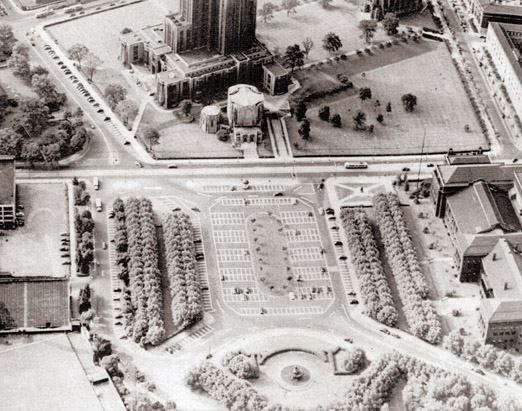
It is a beautiful open green space with landscaped gardens, a carousel, food options and even public bathrooms. Which is such a great tradeoff from a parking lot.
Pittsburghers show up for these competitions, and they've helped carry this space above some fierce contenders — like Houston and Portland. But is it enough to carry them to the championship? We'll see.
Minneapolis
This area, Minneapolis Downtown East, was submitted by reader Alex Schieferdecker. It surged past impressive transformations in Kansas City and Oakland in earlier rounds of competition.
This transformation began in 2002 and continues, as you can see in the shaded spaces that show future development. This area, by U.S. Bank Stadium, is served by both the Green and Blue light rail lines in the city, which has no doubt helped with the infill. That infill also includes a park, a grocery store, new hotels, office buildings, hotels and a lot of housing.
Minneapolis has been a leader in urban infill development and that's been a key factor in helping the city reduce driving miles even as its population has soared, an impressive feat that few cities have managed.
The question now is, which city deserves to go on the Championship match?
